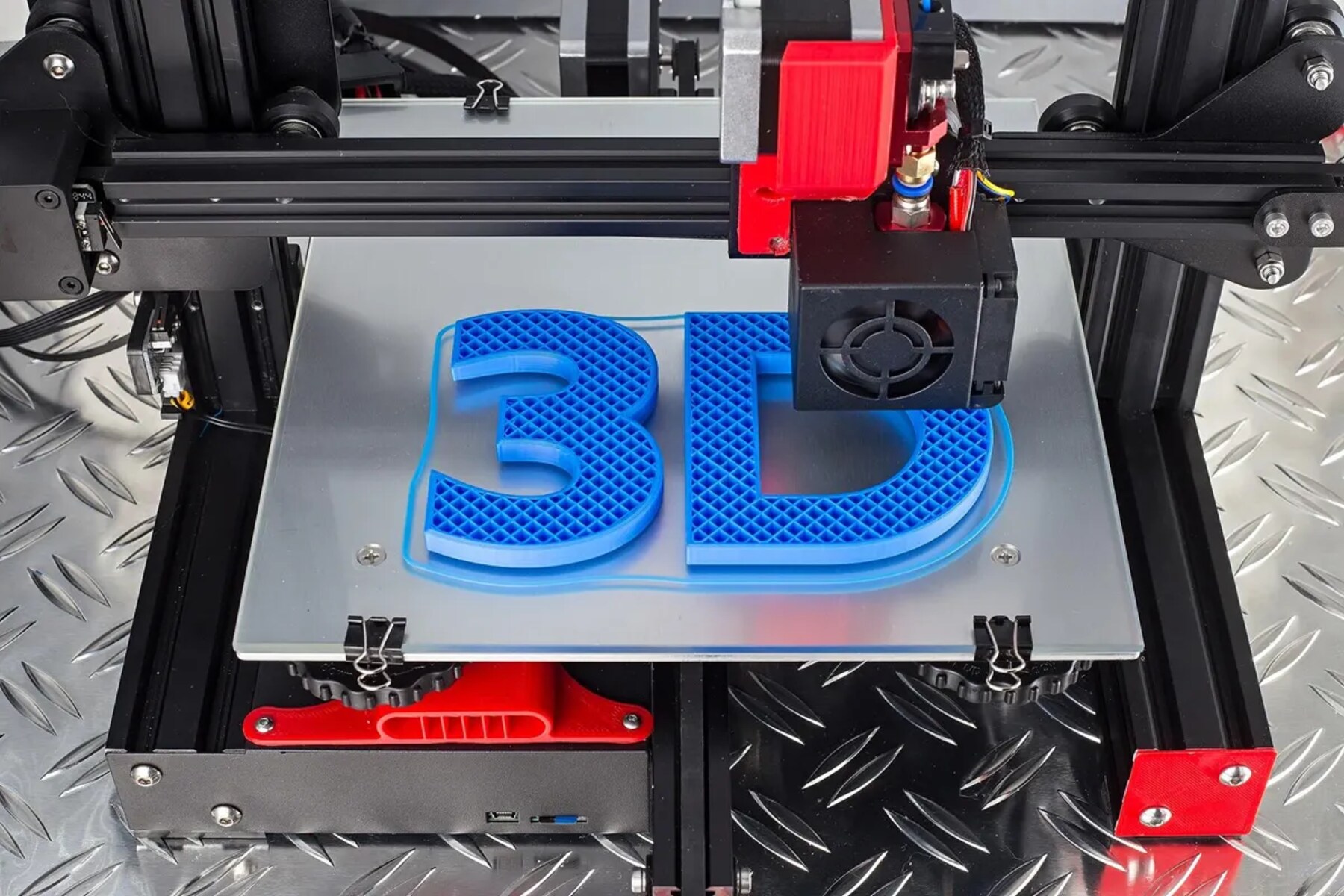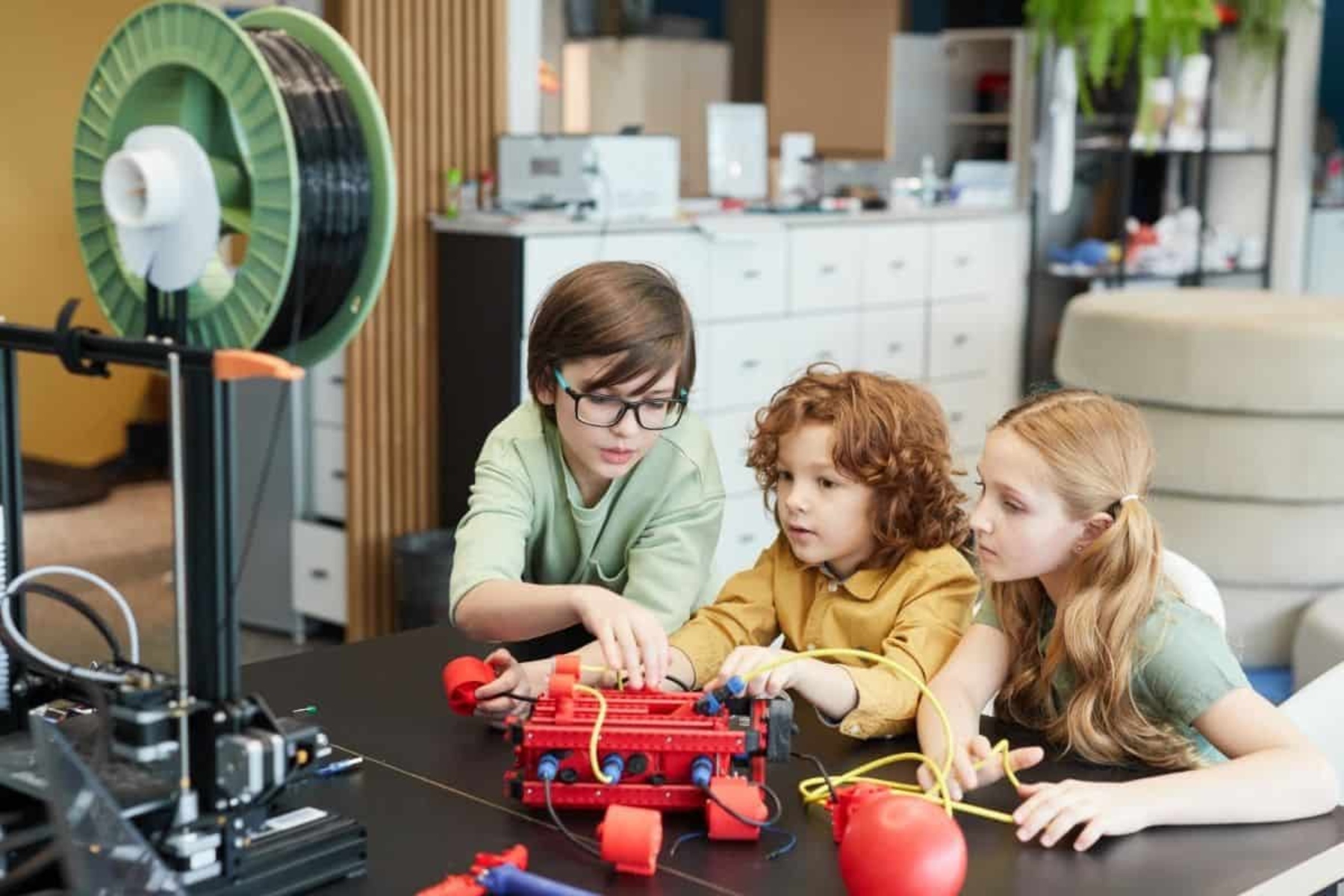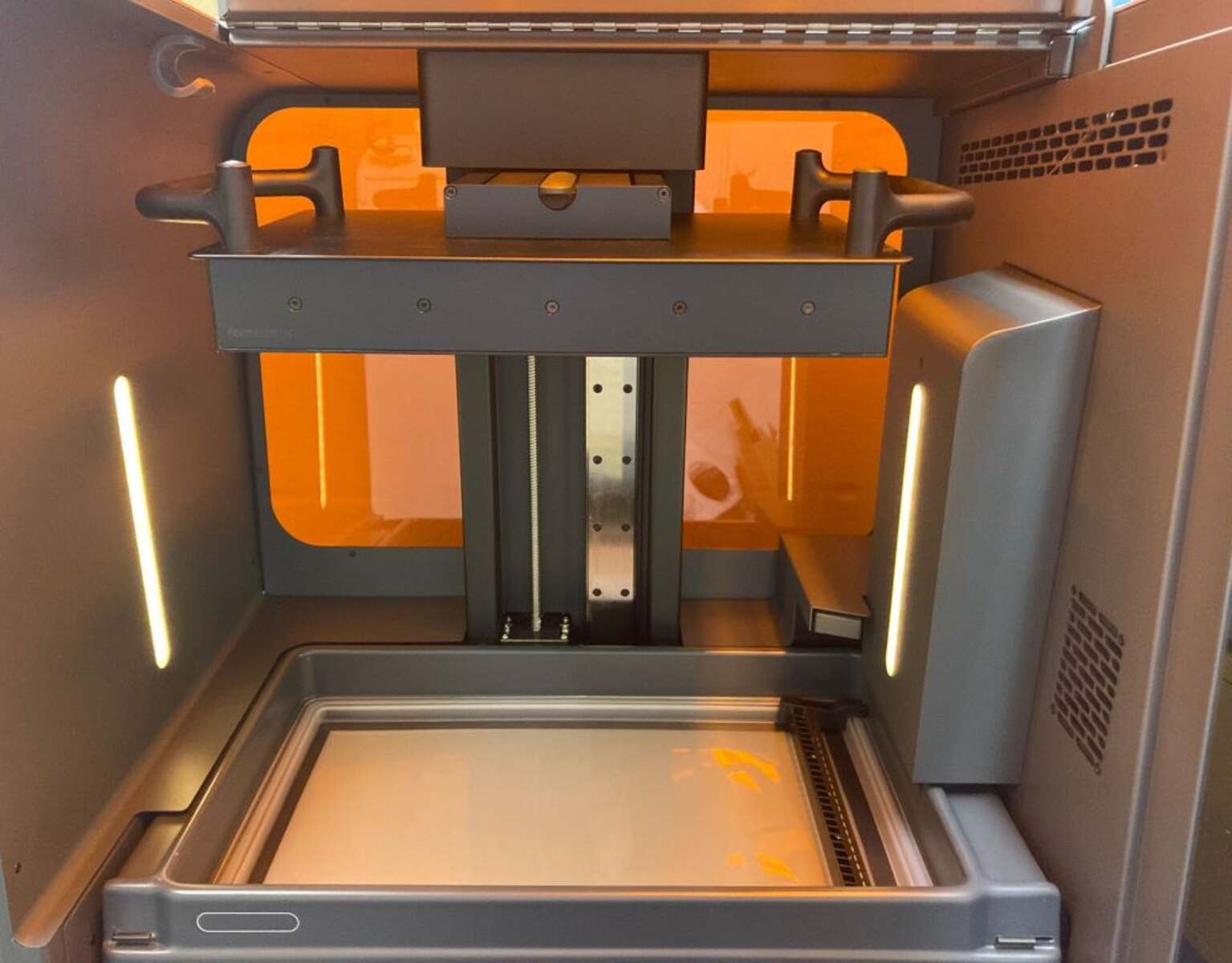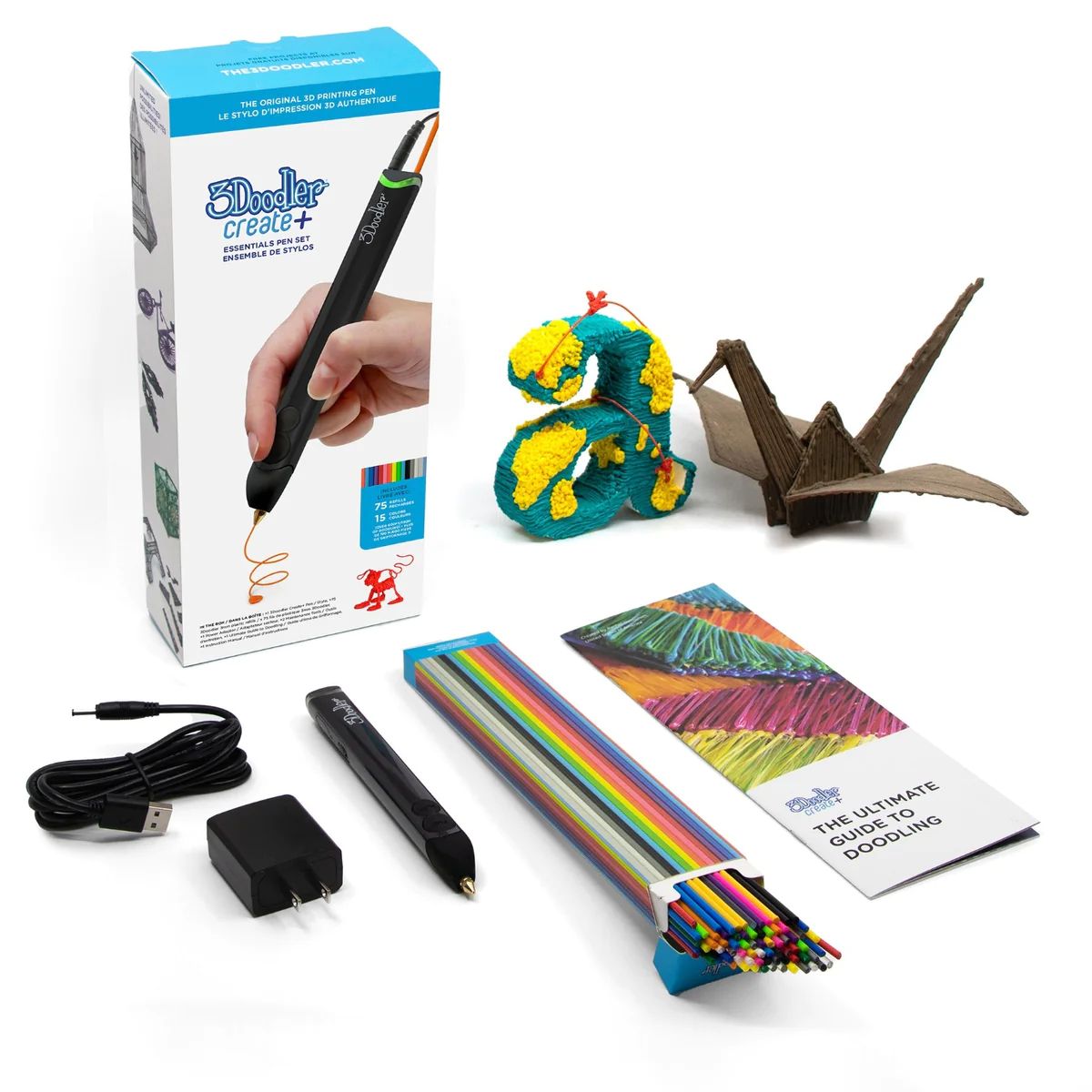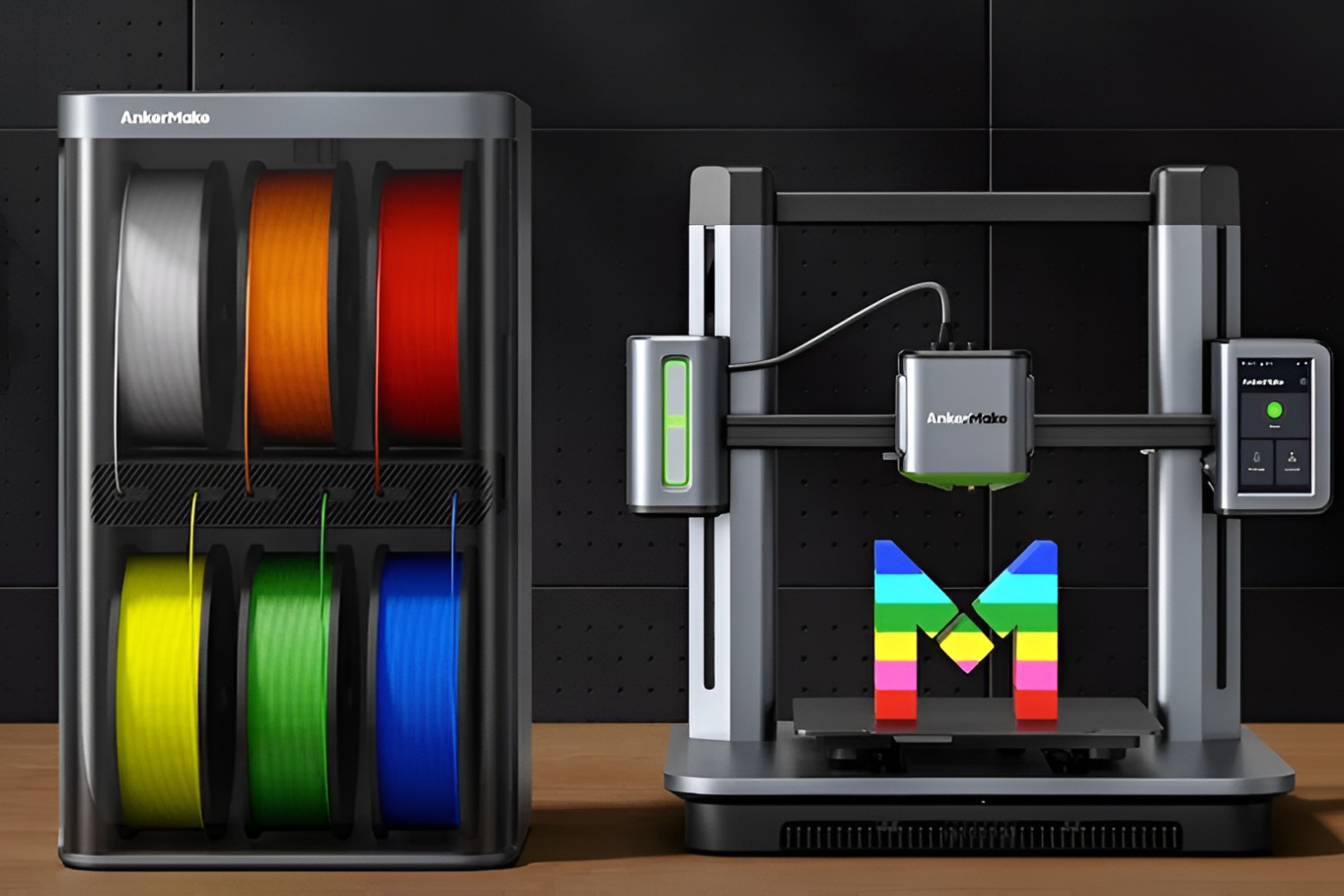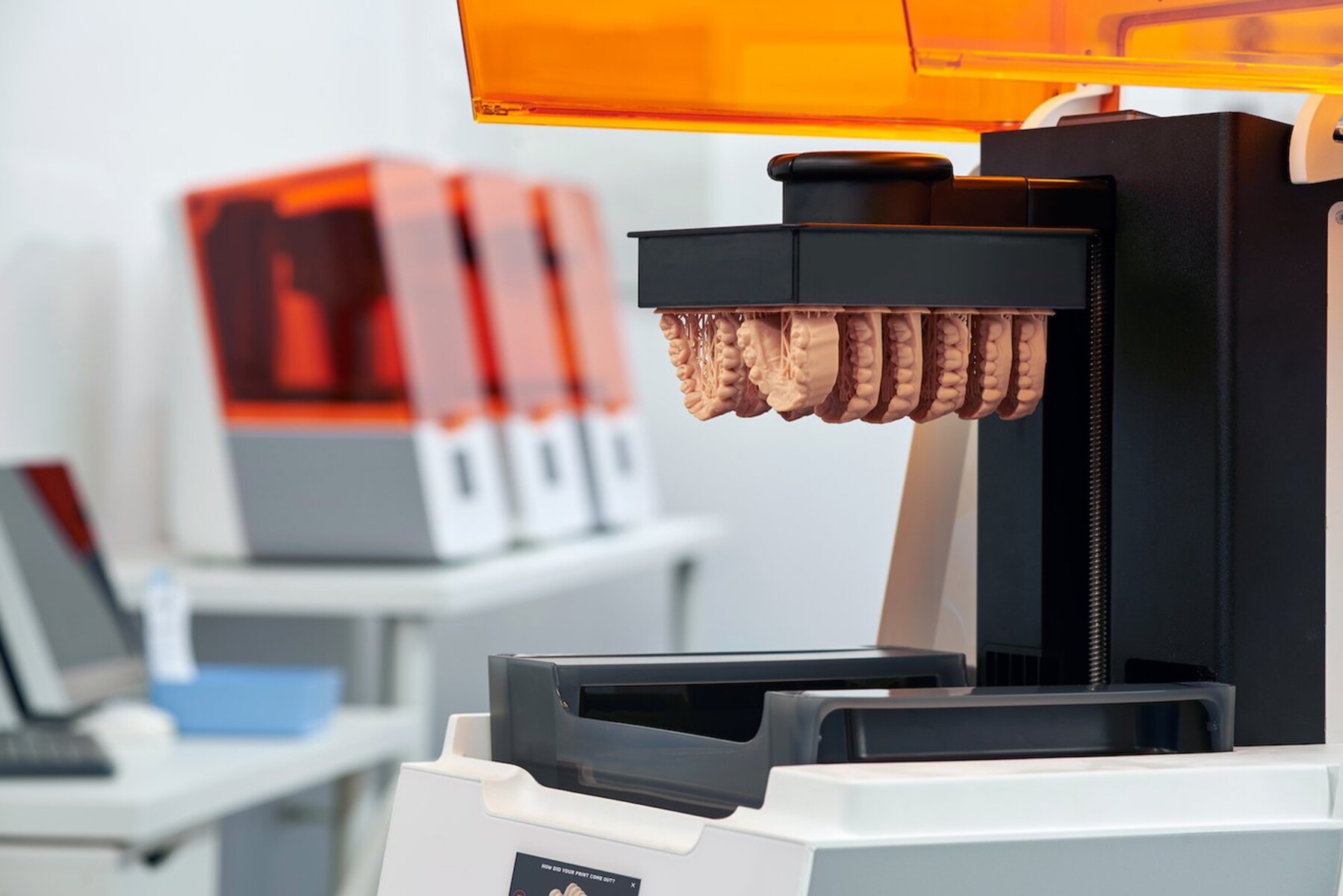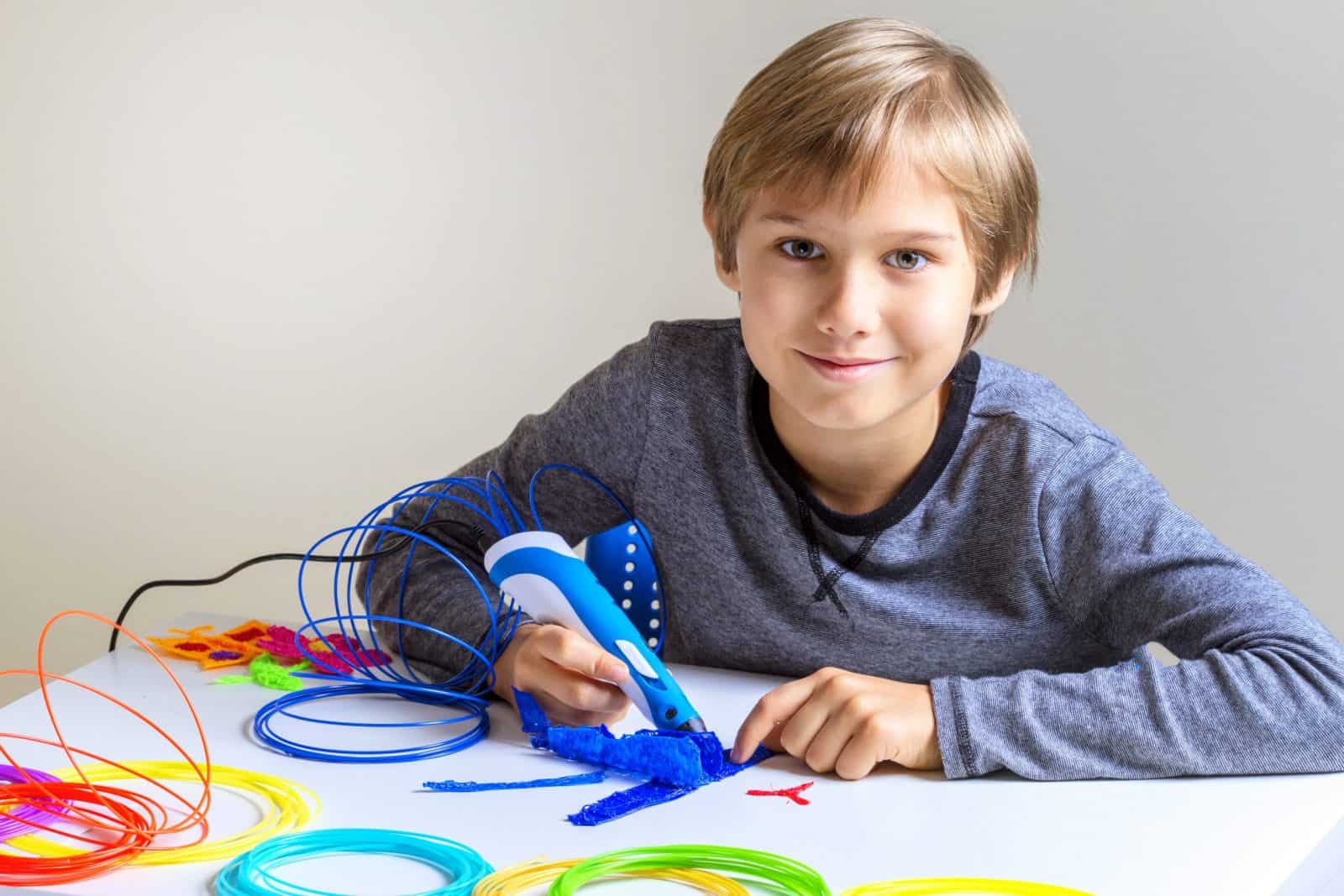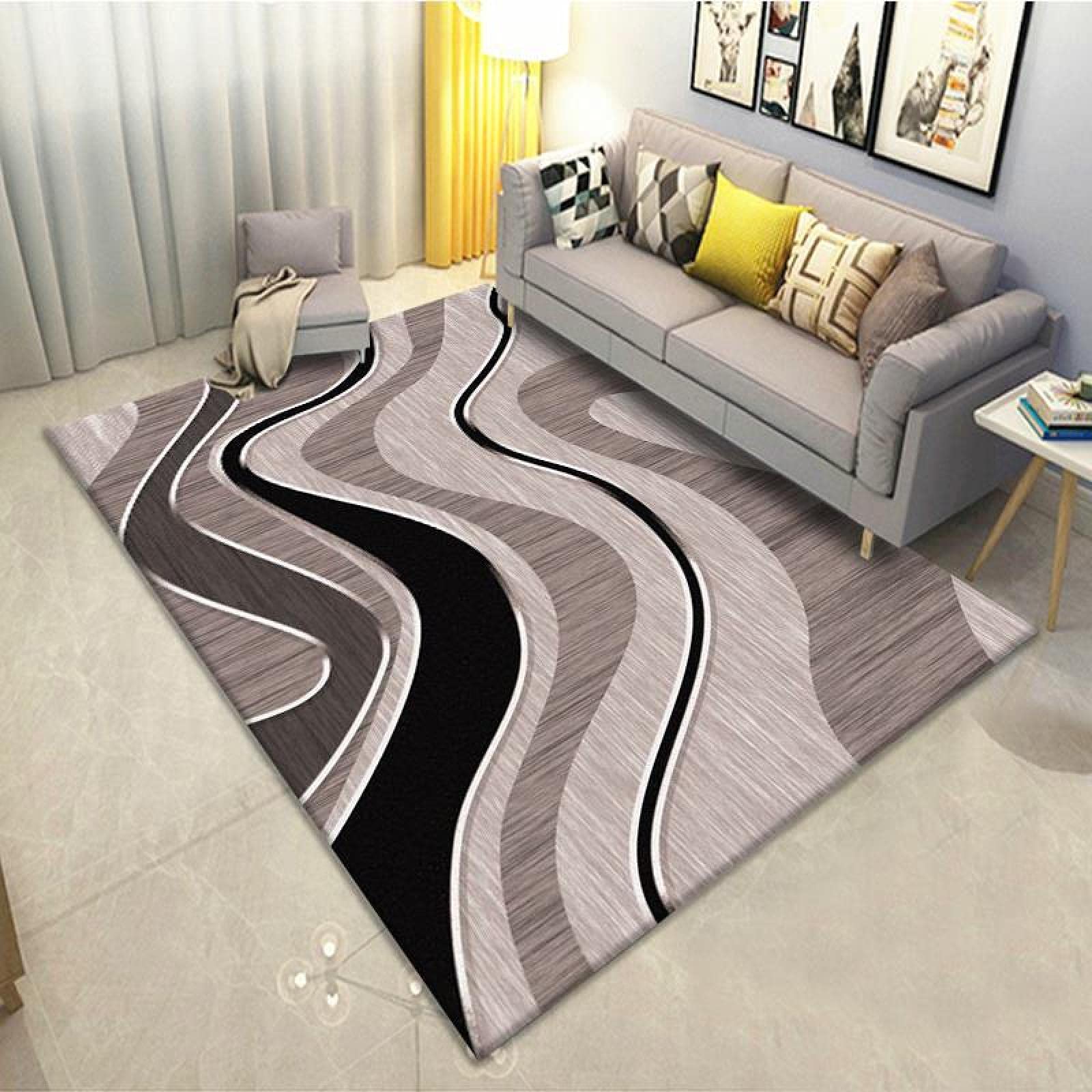Introduction
3D printing, also known as additive manufacturing, has revolutionized various industries and opened up a realm of possibilities. This groundbreaking technology allows for the creation of three-dimensional objects by layering materials on top of each other based on a digital model. From the manufacturing industry to healthcare, architecture to fashion, the applications of 3D printing are wide-ranging and continue to evolve.
With its ability to transform virtual designs into tangible objects, 3D printing offers numerous practical uses. This article will explore three prominent uses of 3D printing: rapid prototyping, custom manufacturing, and educational purposes. By delving into these areas, we’ll gain a deeper understanding of the extensive impact this technology can have on various fields.
Whether you’re an entrepreneur, designer, educator, or simply curious about the possibilities of 3D printing, read on to discover how this innovative technology is redefining the way we create, manufacture, and learn.
Use 1: Rapid Prototyping
Rapid prototyping is one of the most significant applications of 3D printing. Traditionally, prototyping a new product or part involved lengthy and costly processes such as machining or molding. However, 3D printing allows for the quick and cost-effective production of prototypes.
By using a 3D printer, designers and engineers can transform their digital designs into physical models within hours. This accelerated prototyping process enables them to test and iterate their ideas more rapidly, reducing the time and resources required for traditional prototyping methods. In turn, this expedites the overall product development cycle, allowing for faster innovation.
Additionally, 3D printing enables the creation of complex and intricate designs that may not be possible with traditional manufacturing processes. The layer-by-layer construction technique of 3D printers provides the freedom to prototype intricate geometries, internal structures, and movable parts without the need for assembly. This opens up new possibilities for product improvement, innovation, and customization.
Rapid prototyping is particularly valuable in industries such as automotive, aerospace, and consumer electronics. It allows designers to validate their concepts, test functionality, and gather feedback early in the product development phase. The ability to physically visualize and interact with a prototype can help identify design flaws, improve ergonomics, and make adjustments before moving into mass production.
In summary, 3D printing has greatly simplified and accelerated the prototyping process. It offers designers and engineers a cost-effective and efficient way to create functional prototypes, iterate on designs, and ultimately bring innovative products to market faster.
Use 2: Custom Manufacturing
Another compelling use of 3D printing is in the realm of custom manufacturing. Unlike traditional manufacturing methods that often involve mass production of identical items, 3D printing allows for the production of personalized and customized objects.
By leveraging 3D printing technology, manufacturers can create unique products tailored to individual requirements. This customization can range from simple personalization, such as adding a name or logo, to more complex adaptations, such as altering the size, shape, or functionality of an item.
Custom manufacturing using 3D printing is particularly valuable in industries like healthcare and consumer goods. In healthcare, 3D printing has enabled the production of custom medical devices, implants, and prosthetics that perfectly match the patient’s anatomy. This level of customization ensures greater comfort, functionality, and overall patient satisfaction.
In the consumer goods sector, 3D printing enables the creation of personalized products, such as jewelry, phone cases, and home decor items. Customers can actively participate in the design process by choosing their desired specifications and customizing the appearance of the final product. This not only enhances the consumer experience but also offers businesses a competitive advantage by offering unique and tailored products in the market.
Furthermore, 3D printing allows for on-demand manufacturing, eliminating the need for huge inventories of pre-made products. Instead, items can be produced as needed, reducing waste, storage costs, and the risks associated with holding excess inventory.
Overall, 3D printing opens up new possibilities for custom manufacturing. It empowers manufacturers to offer personalized products, optimize supply chains, and meet the ever-growing demand for customization in various industries.
Use 3: Educational Purposes
3D printing has proven to be an invaluable tool in educational settings, enriching the learning experience and fostering creativity among students of all ages. By incorporating 3D printing into the curriculum, educators can engage students in hands-on, interactive learning that promotes problem-solving skills, critical thinking, and innovation.
One notable application of 3D printing in education is in the field of STEM (Science, Technology, Engineering, and Mathematics). 3D printers allow students to bring abstract concepts to life by creating physical models and prototypes. Whether it’s visualizing complex mathematical concepts, exploring engineering principles, or understanding biological structures, 3D printing provides a tangible and immersive learning experience.
Furthermore, 3D printing helps cultivate design thinking among students. They can design and iterate their own 3D models, enhancing their creativity and fostering an entrepreneurial mindset. This hands-on approach encourages experimentation and problem-solving, as students witness their designs come to life.
3D printing also promotes interdisciplinary learning as it can be integrated into various subjects such as art, history, and architecture. Students can recreate historical artifacts, architectural landmarks, or create artistic sculptures, expanding their knowledge across multiple disciplines.
In addition, 3D printing offers a cost-effective solution for educational institutions. Traditional equipment and materials for teaching complex concepts can be expensive, but 3D printing provides a more affordable alternative. It allows schools and universities to provide students with access to cutting-edge technology and prepare them for future careers.
Overall, 3D printing has the power to revolutionize education by providing an engaging, hands-on learning experience. It encourages creativity, fosters critical thinking, and equips students with valuable skills needed in the modern world.
Conclusion
As we’ve explored throughout this article, the applications of 3D printing are vast and impactful. From rapid prototyping to custom manufacturing and educational purposes, this groundbreaking technology has transformed industries and opened up new possibilities for innovation and creativity.
Rapid prototyping using 3D printing has revolutionized the product development process, allowing for faster iterations and improved designs. Custom manufacturing has enabled the creation of personalized products, enhancing the consumer experience and opening up new business opportunities. In the education field, 3D printing has enriched learning experiences, promoting interdisciplinary learning, and fostering critical thinking and problem-solving skills among students.
It is evident that 3D printing is reshaping various industries and empowering individuals and businesses to bring their ideas to life. The accessibility and affordability of 3D printers continue to increase, making this technology more accessible to a wider range of applications and users.
As 3D printing technology advances, we can expect even more innovative uses and further integration into different fields. From the medical industry to architecture, from fashion to aerospace, the potential for 3D printing is limitless.
In conclusion, 3D printing has revolutionized prototyping, manufacturing, and education. It has streamlined processes, enabled customization, and transformed the way we learn and create. With its continued advancement, 3D printing will undoubtedly shape the future and pave the way for new opportunities and extraordinary innovations.







